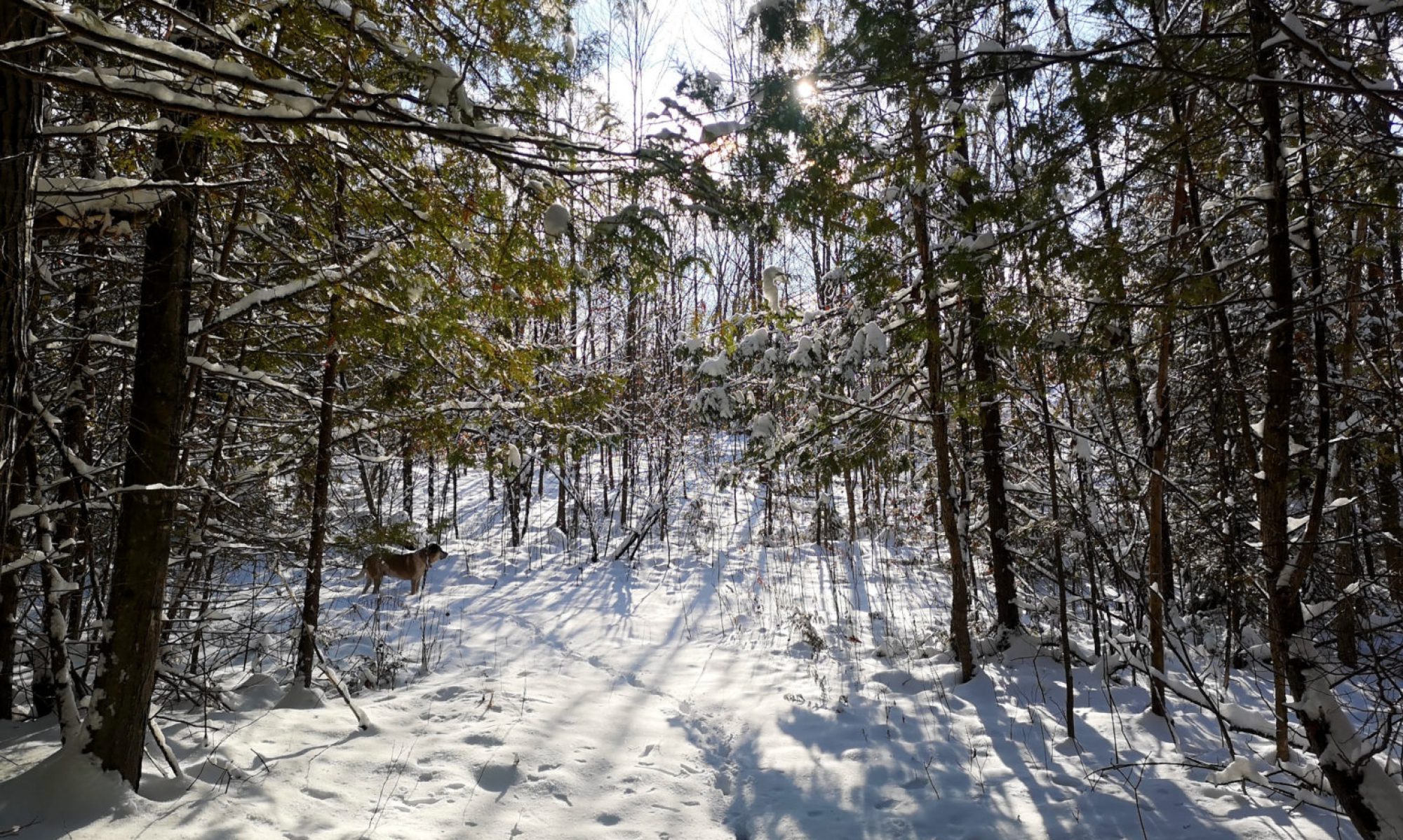Note: This is a version of my personal newsletter, which I send out via Ghost, the open-source publishing platform. You can see other issues and sign up here.
Scientists studying fusion energy at Lawrence Livermore National Laboratory in California announced on Tuesday that they had crossed a long-awaited milestone in reproducing the power of the sun in a laboratory. That sparked public excitement as scientists have for decades talked about how fusion, the nuclear reaction that makes stars shine, could provide a future source of bountiful energy. The result announced on Tuesday is the first fusion reaction in a laboratory setting that actually produced more energy than it took to start the reaction. “This is such a wonderful example of a possibility realized, a scientific milestone achieved, and a road ahead to the possibilities for clean energy,” said Arati Prabhakar, the White House science adviser.
My secret life as a teenaged bulletin board system operator
Benj Edwards recalls how he started a BBS – an online bulletin board system – when he was just 11 years old, and some of the lessons that he learned while running it for the next 30 years: “Thirty years ago last week, my BBS came online for the first time,” he writes. “I was only 11 years old, working from my dad’s Tandy 1800HD laptop and a 2400 baud modem. The Cave BBS soon grew into a bustling 24-hour system with over 1,000 users. After a seven-year pause between 1998 and 2005, I’ve been running it again ever since. Here’s the story of how it started and the challenges I faced along the way.”

What it’s like being a meteorite hunter
The day was shaping up to be a total flop for Matthew Stream and Roberto Vargas. The two meteorite collectors were in the remote, unincorporated community of Cranfield, Mississippi, in late April, days after a fireball exploded over the area. Witness reports of multiple sonic booms convinced the pair to fly out on a whim to scour the ground for fallen rocks. despite their best efforts, the search was not going to plan. Stream and Vargas trudged through swampy grasses and forests for hours. At one point, their rental car got stuck in the mud, and they had to ask a local to tow them out. But their luck changed when they drove past two people jumping up and down on the side of the highway.
The state of education in the 16th century was nothing to write home about
From a book about John Donne (1572-1631), the famous metaphysical poet, scholar, and soldier: “Donne was not sent to school. He was missing very little; the schools of sixteenth- and seventeenth-century England were grim, ice cold metaphorically and literally. Eton’s dormitory was full of rats; at many of the public schools at the time, the boys burned the furniture to keep warm. Because smoking was believed to keep the plague at bay, at Eton they were flogged for the crime of not smoking. Discipline could be murderous. It became necessary to enforce legal limits, to wit: ‘when a schoolmaster, in correcting his scholar, happens to occasion his death, if in such correction he is so barbarous as to exceed all bounds of moderation, he is at least guilty of manslaughter.”
Lab-grown brain cells can play Pong – so should they have legal rights?
The story could have been straight out of science fiction – scientists have grown human brain cells in a lab, and taught them to play the video game Pong. But this didn’t happen on the big screen. It happened in a lab in Melbourne, Australia, and it raises the fundamental question of the legal status of these so-called neural networks. Are they the property of the team that created them, or do they deserve some kind of special status – or even rights? The reason this question needs to be asked is because the ability to play pong may be a sign that these lab-grown brain cells have achieved sentience – often defined as the capacity to sense and respond to a world that is external to yourself.
What it’s like to have your photo used in cat-fishing attempts online
It was 2015, the same year Geras had relocated to Palm Springs, California, about 480 miles south of his former home in San Francisco. He was alone in his art gallery’s office and had just started his workday by checking his messages. The male voice, tinged with a Southern-sounding accent, stopped him cold: I’m going to slit your throat.Geras, who had never been in a fight in his life, eyed the front door of his 430-square-foot gallery. Anyone could walk in off the street.There was nowhere for Geras to hide, so he darted to the door and locked it. Geras was pretty sure he knew why the caller was so angry. In 2014, he had started to receive a flurry of Facebook messages from confused, mostly female strangers who thought that they knew him personally.
